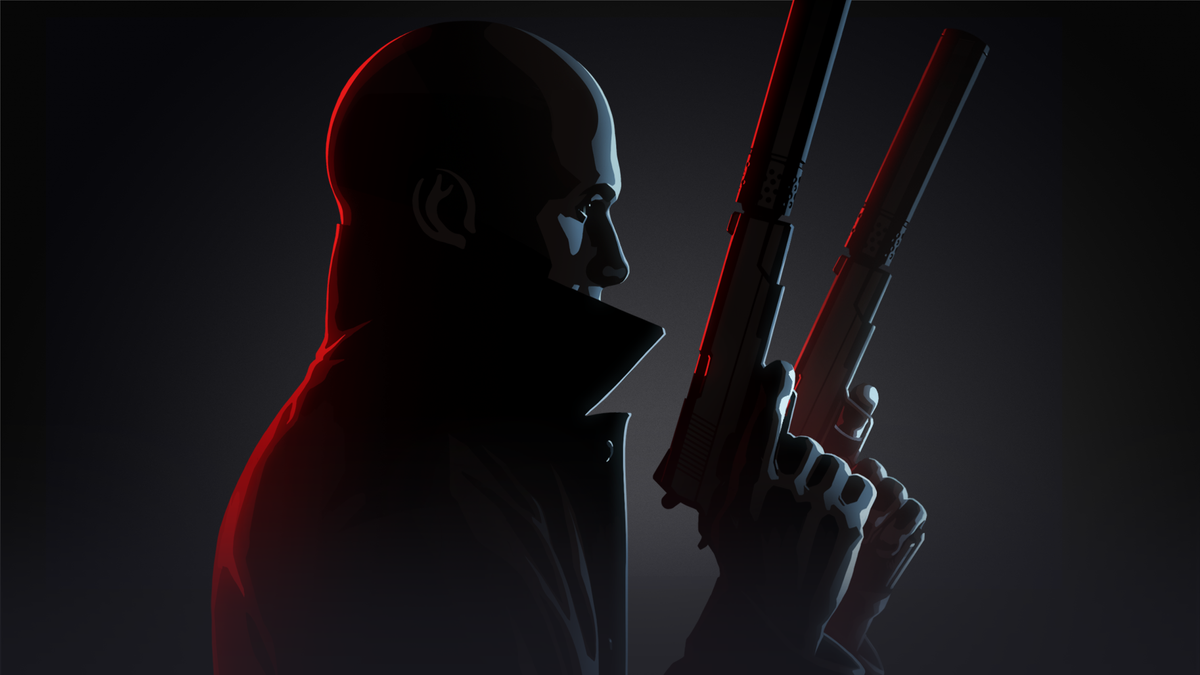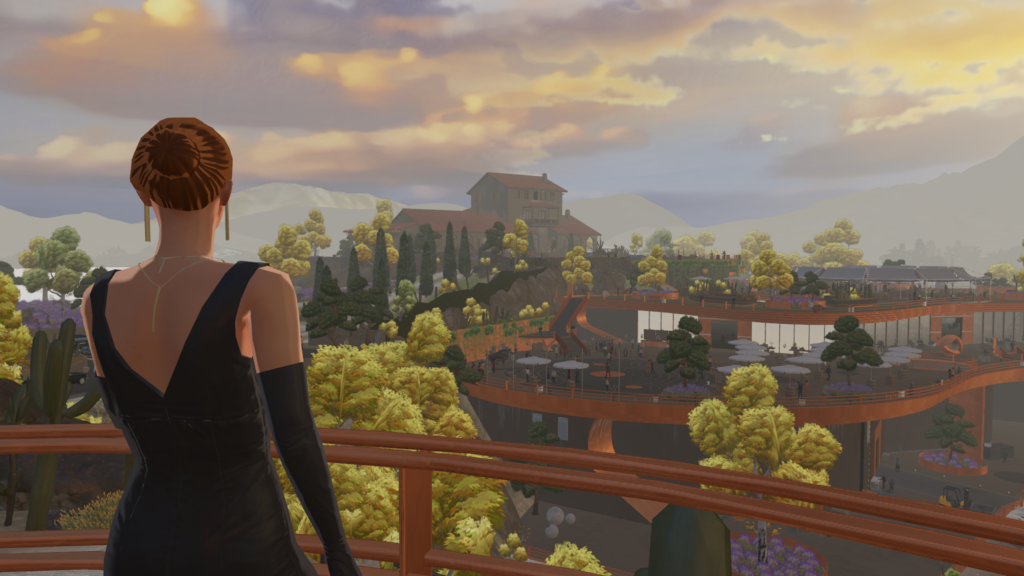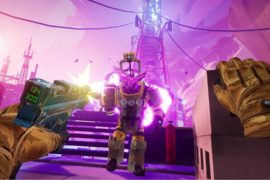Hitman 3 VR: Reloaded is making significant changes to adapt the sandbox stealth game for Quest 3, and we interviewed XR Games to learn more.
We’ve been hearing about Hitman 3 VR for nearly four years now, thanks to IO Interactive’s initial PSVR mode that later reached Steam. Two and a half years on, Hitman 3 VR: Reloaded by XR Games aims to take that premise further. Releasing exclusively on Quest 3 with new visuals, last week’s VR Games Showcase offered an in-depth look at what’s changed.
0:00
I recently visited the XR Games office to learn more, where I interviewed CEO Bobby Thandi. Reloaded’s development began three years ago when IO Interactive’s Chief Technical Officer and Chief Creative Officer wanted to bring Hitman to new audiences, which led to PSVR and PC VR support in the original game.
Recognizing that Quest has the largest user base, IOI wanted to create a completely untethered experience. However, it soon realized that a Quest port created a “huge technological challenge,” so IOI approached several external studios. XR Games being chosen is a moment Thandi considers “one of the happiest days in the studio’s history.”
Given the lengthy development, XR Games had initially targeted Quest 2, though Thandi admitted that IOI’s CTO thought this “might not be technically feasible.” However, they also believed that Quest 3 would soon emerge, considering Quest 2 launched less than two years after the original headset, so he encouraged an open mindset.
“We really wanted to make it work in Quest 2 to bring it to the biggest audience possible. But with our available time and budget, it had to be Quest 3.”
Knowing the original Hitman 3’s VR support faced criticisms – our PC VR hands-on two years ago took issue with its control scheme and jank – I queried how XR Games is building upon that feedback.
“We listened to the community in terms of what areas they liked and what they wanted improved on PSVR and PC VR. We wanted to tackle as much as possible for the Quest version.”
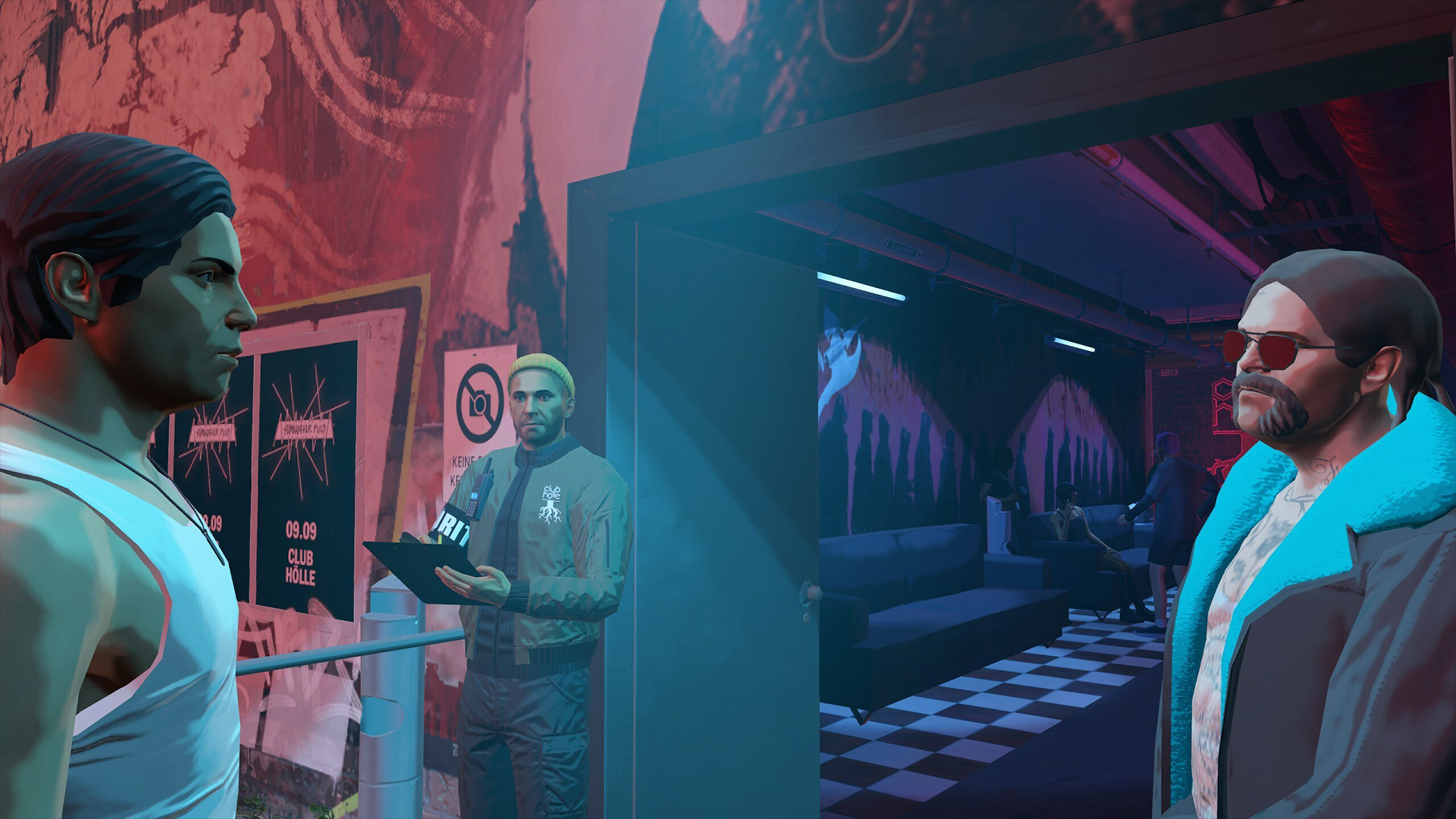
When designing a standard VR game, Thandi advised that you start with VR interactions and everything you can do, then you begin figuring out your game loop and environments. Comparatively, bringing an existing game to a new platform means getting the engine working first, and Hitman 3 uses IO Interactive’s Glacier Engine. That presented its own challenges.
“It was only ever intended as a console engine, not for mobile devices such as Quest 3. We had to essentially get that engine working first from the headset, you build it in the dark. After one whole year’s effort, we had a disco ball in RGB colors appearing, which was a hallelujah moment.”
Thandi likened this to standing in a room with wholly covered eyes, where you can’t see anything except the disco ball. Once XR Games got the renderer working, it focused on getting as much of each level functioning as possible before moving on to the VR interactions.
Unsurprisingly, Thandi advised the biggest technical challenge was getting Hitman 3 running on Quest 3 since everything’s made for console, admitting that level of visual fidelity “would never work” on Quest, and they didn’t want to recreate everything in a new engine. That led to the new art style and serious discussions about streamlining the process to get this done, telling me that recreating all the assets would have been prohibitively expensive.
“We don’t have that team size, nor the budget. So we had to leverage what IO Interactive did have and look at what we needed to happen. We’d have to create all these processes and tools to help optimize and reduce the triangle count of objects automatically.”
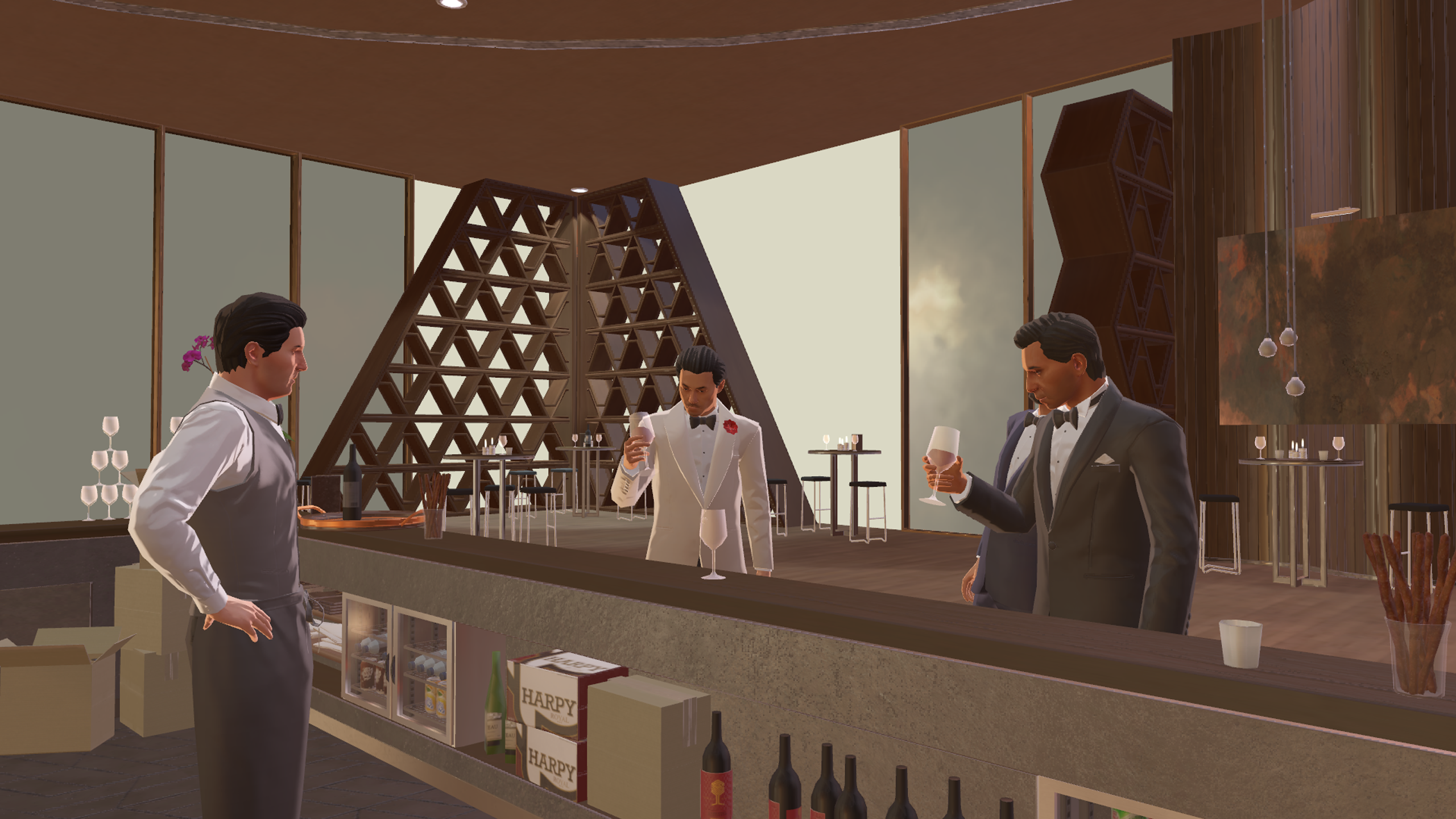
While Zombieland: Headshot Fever also received a “Reloaded” edition on PSVR 2 with cel-shaded visuals, the art style for Hitman 3 VR: Reloaded isn’t influenced by the studio’s previous choice and was instead chosen because it’s the most “optimized” approach.
“Having experience from Zombieland helped in terms of how it would look and how it could be done, but we arrived at the decision independently. The fact that we’ve done it already once just helped the situation.”
Once the art style was agreed upon and the gameplay systems were online, XR Games added the VR interactions they wanted to perform, like the ability for dual-wielding items and weapons. Reloaded initially used a full-body model for Agent 47, so you can glance down and see what you’re wearing.
This approach complemented Agent 47’s regular outfit changes but also created immersion-breaking movement issues. As such, XR Games used floating hands to make this “the most freeing experience for players.” This decision also provided more performance power since Reloaded no longer renders a full body when looking down, but this meant an alternative approach for outfits was required.
“We had to implement a system that would quickly tell you what kind of outfit you were wearing. We’ve introduced a wristwatch that acts as a map and shows you what you’re wearing when you look at it.”
Other changes XR Games implemented include greater physicality for increased immersion. Actions like climbing ladders, keypads, or opening doors can still be done with a button press, but you can now grab individual steps with your hands, enter the button combinations, or push a door open. Reloaded also utilizes room-scale movement so you can walk around your room, space permitting, to explore.
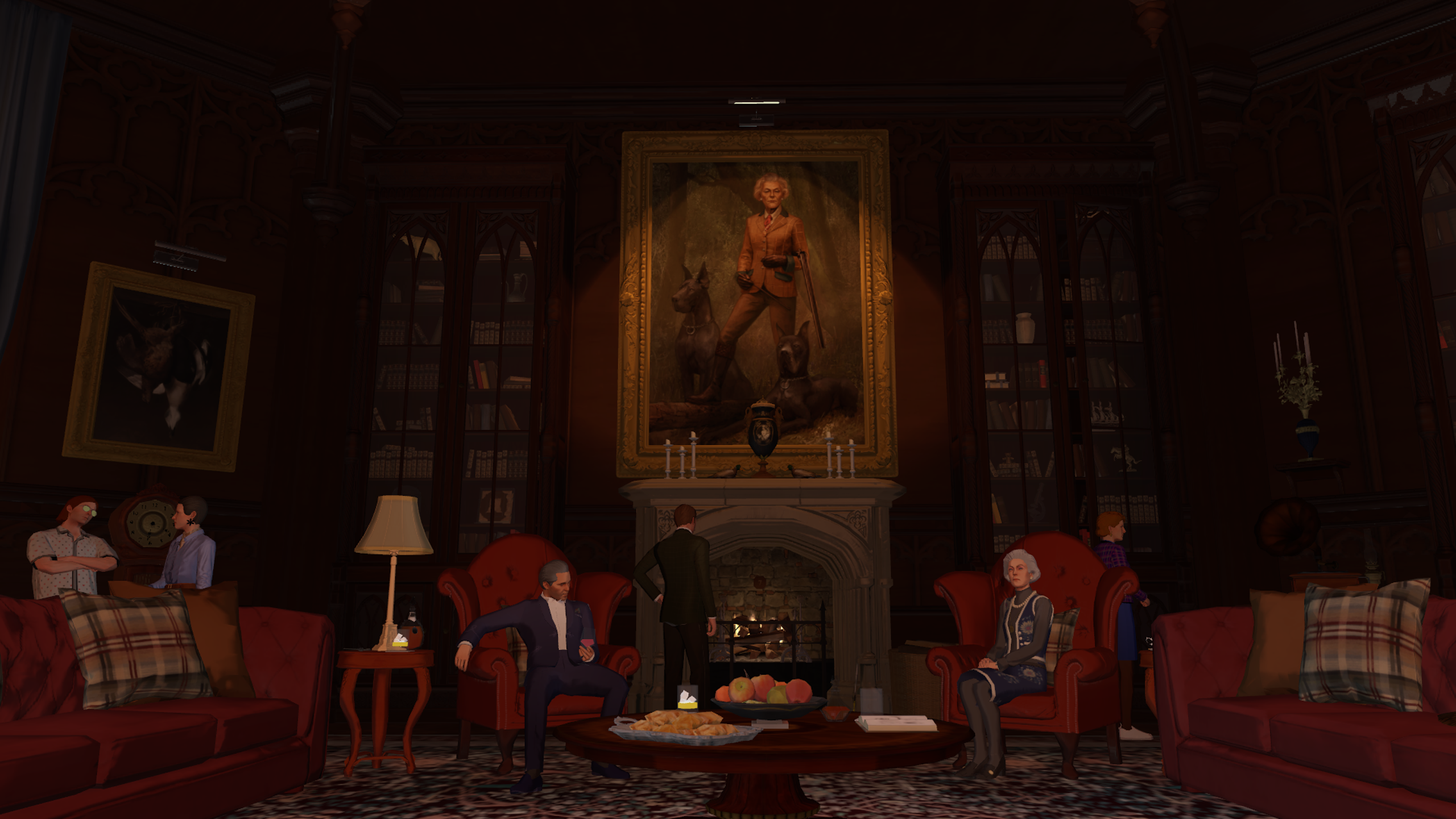
Thandi advised that XR Games is “not unwise to the fact” that there are always more things people would want to do, though a large game like Hitman 3 creates some limitations.
“The processing power required to make every single object physics-based is impossible for the Quest headset we’ve got, given the size of the game. There are always more improvements we can make, and we’ll continue supporting the game as much as possible to improve it.”
It’s also currently unconfirmed whether the flatscreen version’s post-launch content will eventually reach Hitman 3 VR: Reloaded, like Freelancer Mode. Still, Thandi is happy with where Reloaded is currently at, telling me how actions like crouching in the weeds of Berlin to hide, dual-wielding, and throwing coins add to the immersion. As someone who has completed the entire World of Assassination trilogy, I’m keen to see more.
Hitman 3 VR: Reloaded is “coming soon” exclusively on Quest 3.
